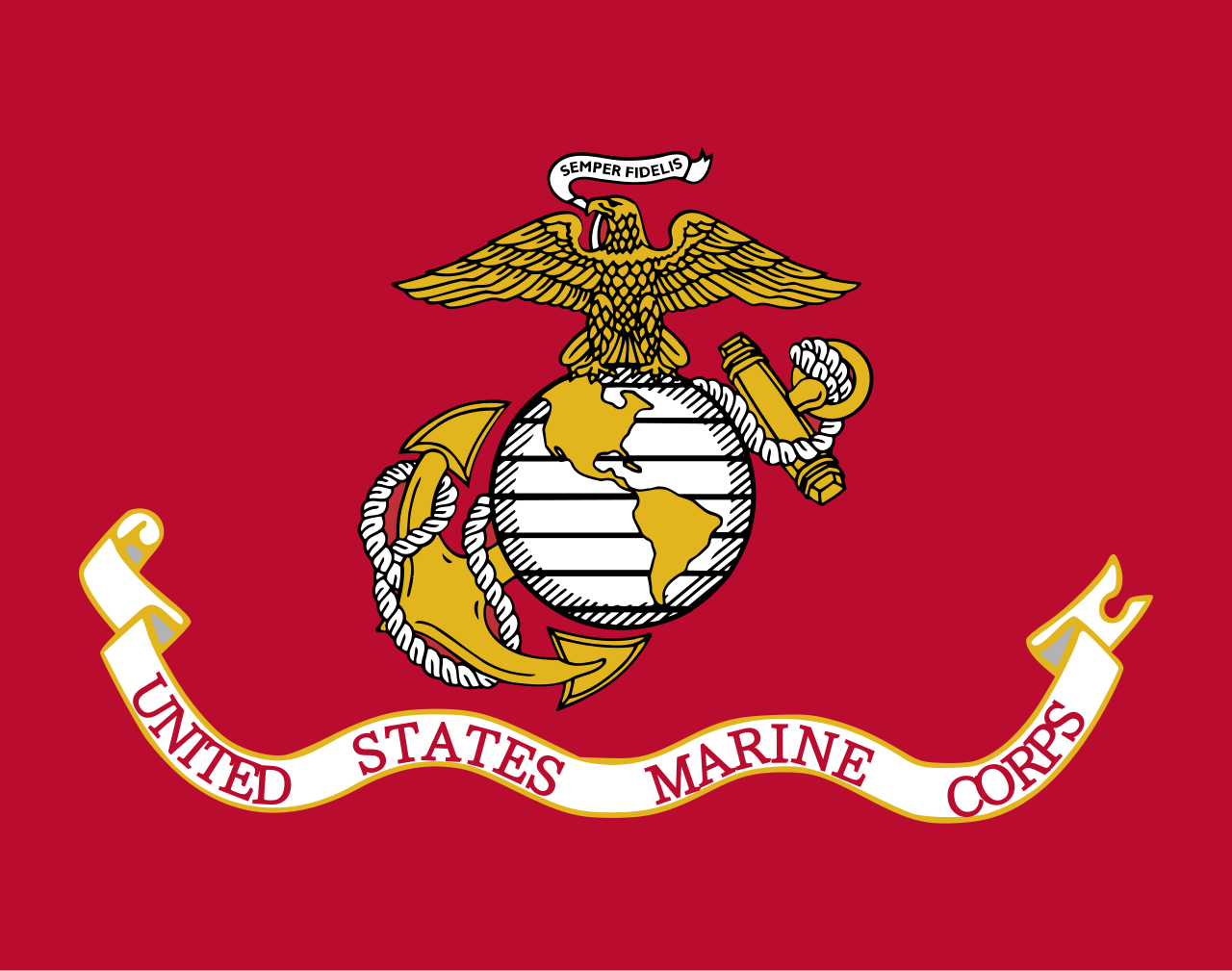- Jul 12, 2018
- 10,525

|
OPERATION GILDED HEARTS |
TOP SECRET |
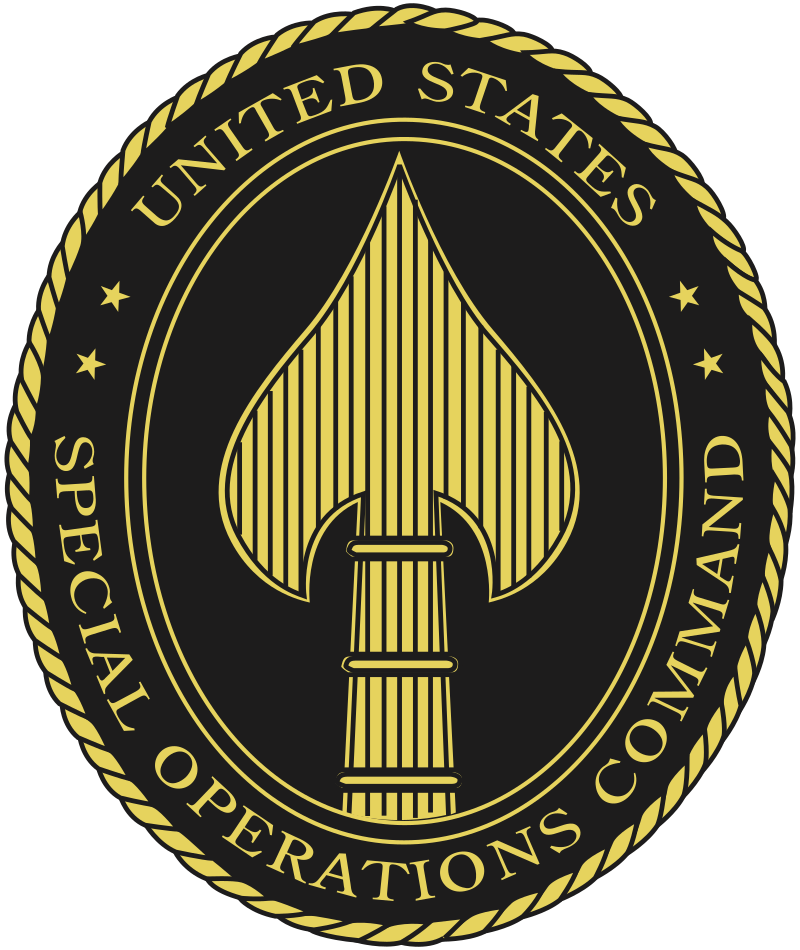
| 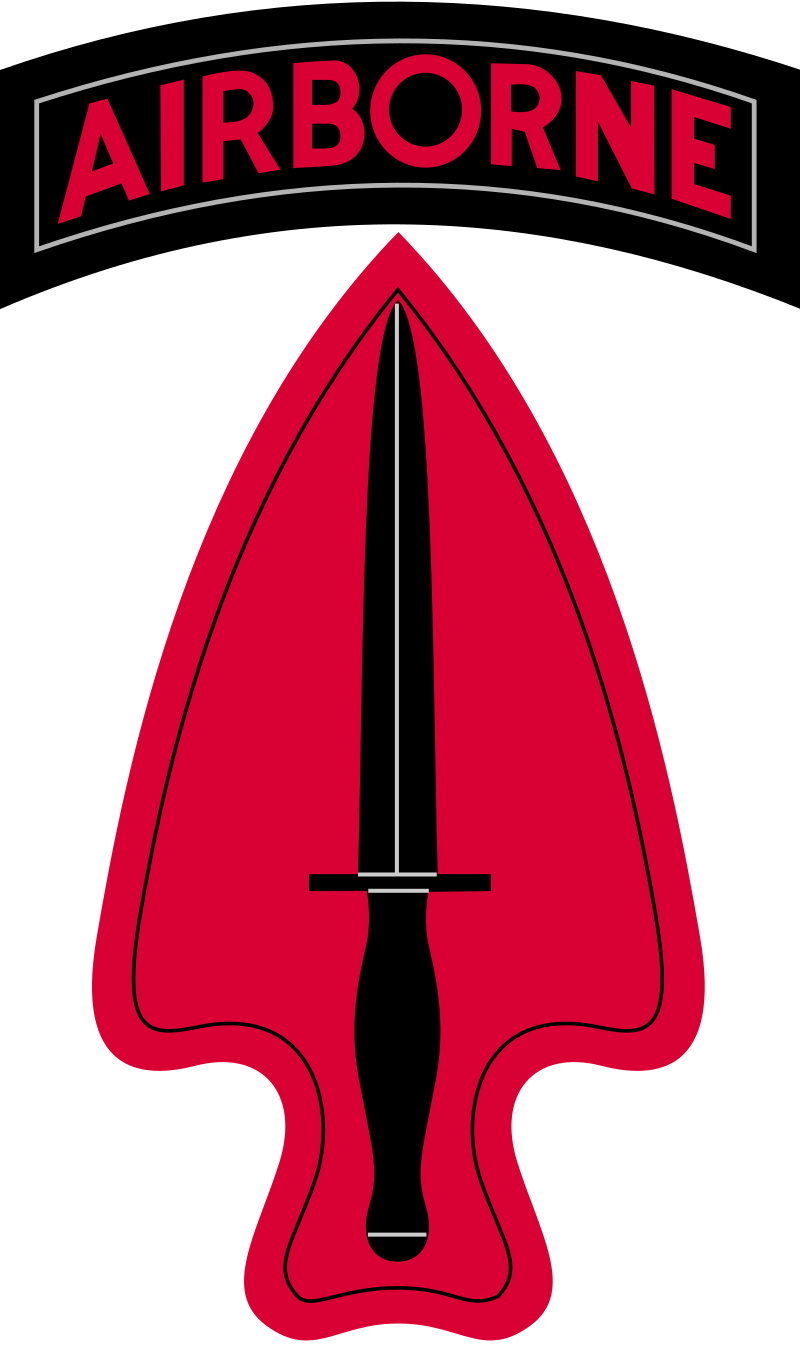
JSOC DEPLOYMENT | 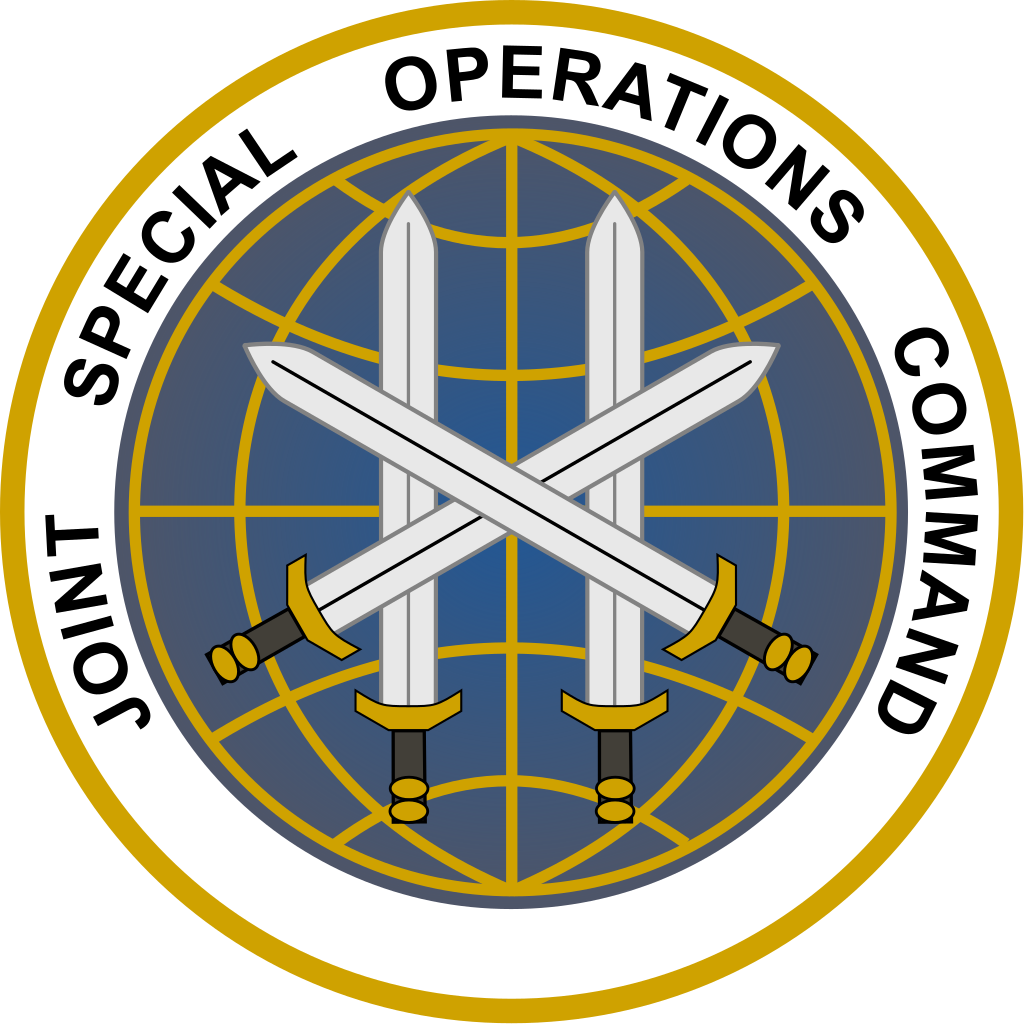
|
|
TASK FORCE GREEN
Lieutenant Colonel George Olsen
Lieutenant Colonel George Olsen
| B Squadron | 44 Operators | Fort Bragg, North Carolina |
| E Squadron | 53 Operators (x20 Pilots, x2 Aircraft Commanders, x7 Flight Engineers, x3 Navigators, x3 Electronic Warfare Officers, x12 Gunners, x6 Loadmasters) | Fort Bragg, North Carolina |
DETAILS
B Squadron - Operators in this squadron have the equipment and weapons listed below, per soldier.
Apparel: x1 Enhanced Combat Helmet; x1 Army Combat Uniform (as well as boots and gloves) with American flag patch, x1 Jumpable Plate Carriers, x1 four-eyed special forces night vision/infrared goggles; x1 AN/PRC-148 Multiband Inter/Intra Team Radio; x1 The Individual First Aid Kit.
Weapons: x1 HK416 rifle +10 30-round magazines and bayonet, x1 M1911 +4 magazines; x4 flashbangs; x1 white smoke grenade, x1 orange smoke grenade, x2 red flares.
E Squadron - Operators in this squadron have the equipment and weapons listed below, per soldier. Vehicles operated by E Squadron are listed below.
Vehicles: x2 MC-130H Combat Talon II (combined total of: x4 pilots, x2 Flight Engineers, x2 Navigators, x2 Electronic Warfare Officers, x4 Loadmasters); x6 MH-60M Black Hawk (combined total of x12 pilots, x12 gunners, x44 operators); x2 C-5B (combined total of: x2 aircraft commander, x2 pilot, x4 flight engineers, x6 loadmasters)
Apparel: x1 Enhanced Combat Helmet; x1 Army Combat Uniform (as well as boots and gloves) with American flag patch, x1 Jumpable Plate Carriers, x1 four-eyed special forces night vision/infrared goggles; x1 AN/PRC-148 Multiband Inter/Intra Team Radio; x1 The Individual First Aid Kit.
Weapons: x1 HK416 rifle +10 30-round magazines and bayonet, x1 M1911 +4 magazines; x4 flashbangs; x1 white smoke grenade, x1 orange smoke grenade, x2 red flares.
|
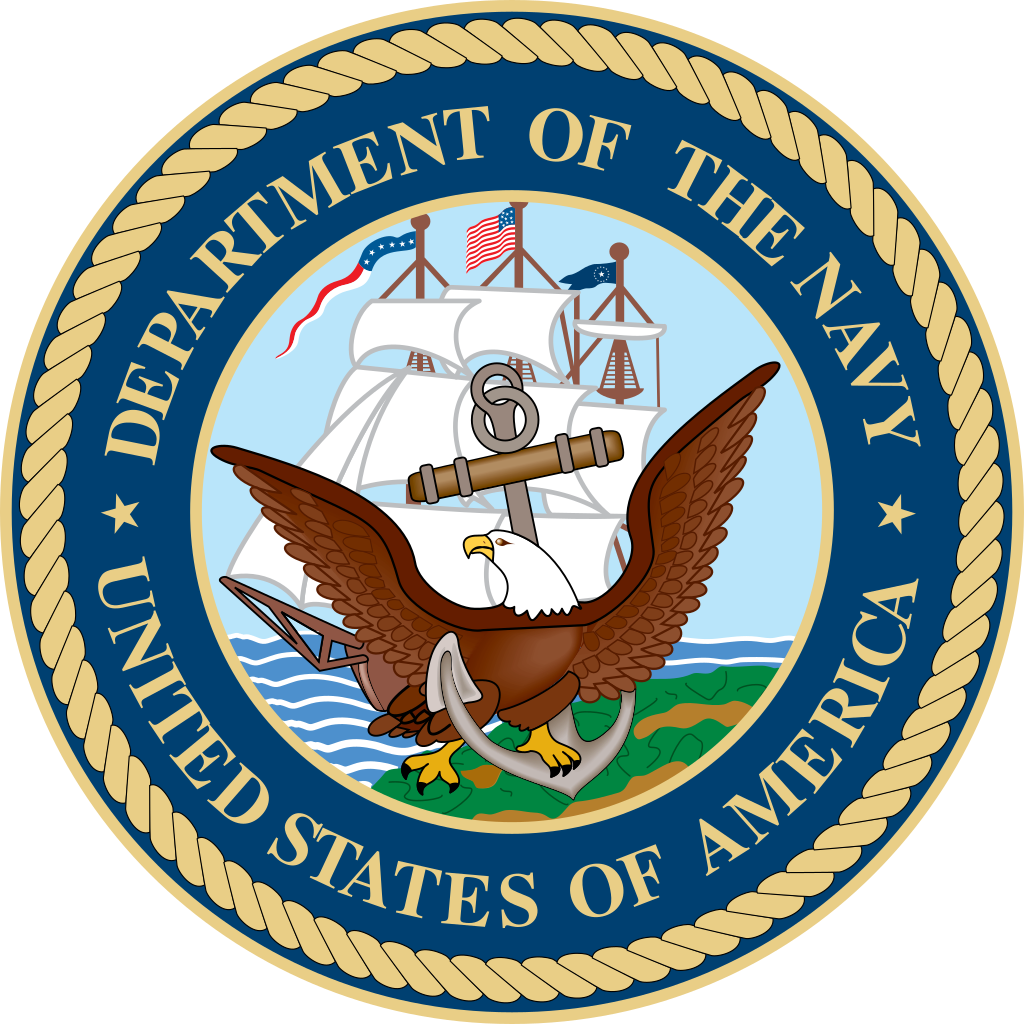
| 
NAVY DEPLOYMENT | 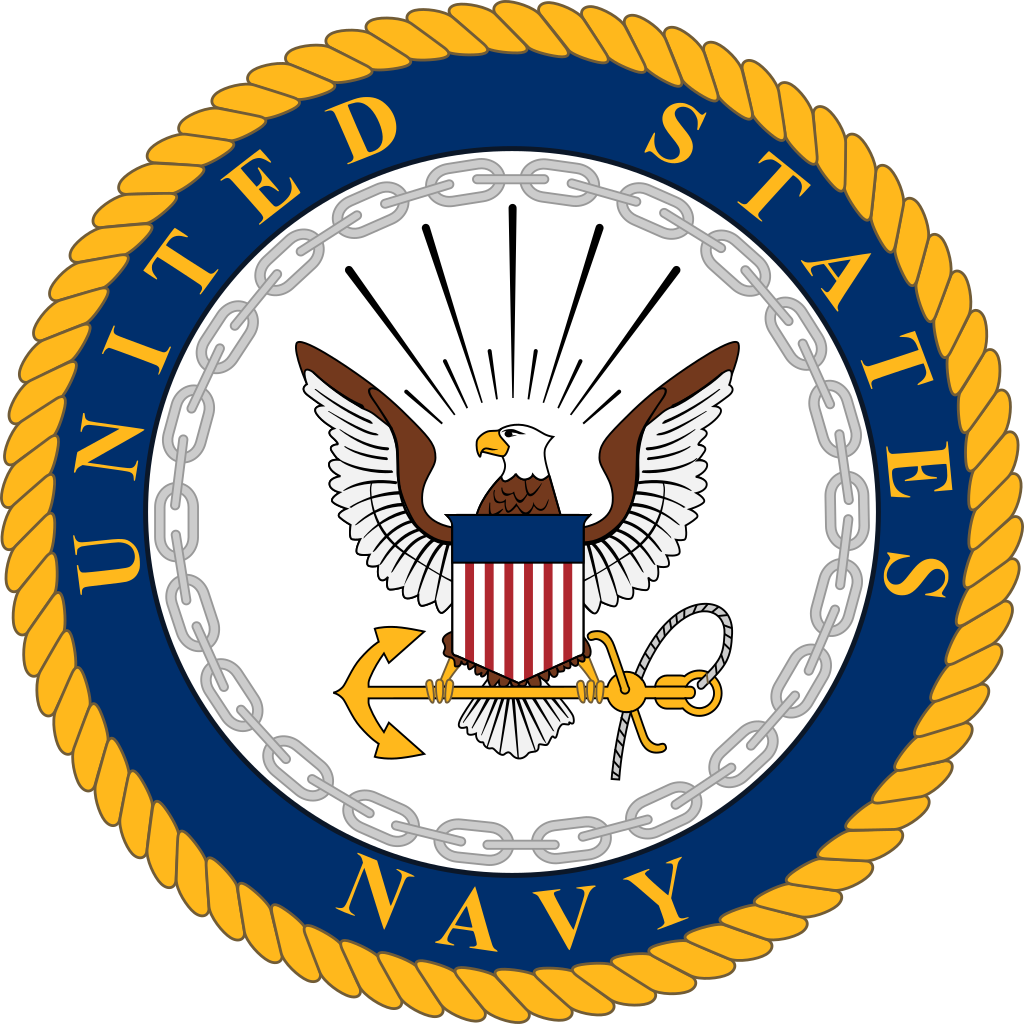
|
|
TASK FORCE BLUE
Rear Admiral Vance Thibodeaux
Rear Admiral Vance Thibodeaux
| Ship Class | Vessel | Compliment | Home Port |
| Tarawa-class Amphibious Assault Ship | USS Tarawa* | Sailors: 930 /// 80 Marine Pilots /// Troops: 100 Marines (Medical) /// 2 NCIS Agents | Naval Support Activity Hampton Roads, Virginia |
| Ticonderoga-class Guided Missile Cruiser | USS Ticonderoga | Sailors: 330 /// 6 Pilots | Naval Support Activity Hampton Roads, Virginia |
| Arleigh Burke-class Guided Missile Destroyer | USS Arleigh Burke | Sailors: 334 /// 6 Pilots | Naval Support Activity Hampton Roads, Virginia |
| Arleigh Burke-class Guided Missile Destroyer | USS Barry | Sailors: 334 /// 6 Pilots | Naval Support Activity Hampton Roads, Virginia |
| Arleigh Burke-class Guided Missile Destroyer | USS John Paul Jones | Sailors: 334 /// 6 Pilots | Naval Support Activity Hampton Roads, Virginia |
| Supply-class Support Ship | USS Supply | Sailors: 206 / Pilots: 8 | Naval Support Activity Hampton Roads, Virginia |
| Henry J. Kaiser-class Replenishment Oiler | USS Henry J. Kaiser | Sailors: 129 | Naval Support Activity Hampton Roads, Virginia |
TASK FORCE GOLD
Rear Admiral Vance Thibodeaux
Rear Admiral Vance Thibodeaux
| Ship Class | Vessel | Compliment | Home Port |
| Tarawa-class Amphibious Assault Ship | USS Saipan | Sailors: 930 /// 80 Marine Pilots /// Troops: 100 Marines (Medical) /// 2 NCIS Agents | Naval Support Activity Hampton Roads, Virginia |
| Ticonderoga-class Guided Missile Cruiser | USS Yorktown | Sailors: 330 /// 6 Pilots | Naval Support Activity Hampton Roads, Virginia |
| Arleigh Burke-class Guided Missile Destroyer | USS Jeff Sessions | Sailors: 334 /// 6 Pilots | Naval Support Activity Hampton Roads, Virginia |
| Arleigh Burke-class Guided Missile Destroyer | USS Richard Shelby | Sailors: 334 /// 6 Pilots | Naval Support Activity Hampton Roads, Virginia |
| Sejong the Great-class Destroyer | USS Tim Hutchinson | Sailors: 300 /// 6 Pilots | Naval Support Activity Hampton Roads, Virginia |
| Supply-class Support Ship | USS Arctic | Sailors: 206 / Pilots: 8 | Naval Support Activity Hampton Roads, Virginia |
| Henry J. Kaiser-class Replenishment Oiler | USS Joshua Humphreys | Sailors: 129 | Naval Support Activity Hampton Roads, Virginia |
DETAILS
Ticonderoga-class - Fully Fueled; Non-perishable food/water for 3 month journey; x8 RGM-84 Harpoon missiles; x2 5 in 62 caliber Mark 45 Mod 4 lightweight gun; x2 25 mm (0.98 in) Mk 38 gun; x4 .50 in (12.7 mm) cal. machine gun; x2 Phalanx CIWS Block 1B; x2 Mk 32 12.75 in (324 mm) triple torpedo tubes (standard reserve of Mk 54 torpedoes); Onboard: x30 M4A1 Carbine and associated ammo and x30 M1911 and associated ammo in barracks;
x2 61 cell Mk 41 vertical launch systems containing: x20 RUM-139C (Mrk 54 Torpedo); x200 (Quad packed) RIM-162A ESSM; x40 RIM-161B (SM-3 block IA); x12 RGM/UGM-109E Tomahawk Land Attack Missile; Standard countermeasures/decoys;
Countermeasures/decoys: Mark 36 SRBOC; AN/SLQ-25 Nixie.
Aircraft: x2 Sikorsky MH-60S.
Arleigh Burke-class (Flight II) - Fully Fueled; Non-perishable food/water for 3 month journey; x1 5-inch (127 mm)/62 Mk. 45 Mod 4 (lightweight gun); x2 20 mm Phalanx CIWS; x2 25 mm M242 Bushmaster chain gun; x2 Mk 141 Harpoon Anti-Ship Missile Launcher; x2 Mark 32 triple torpedo tubes: x1 per tube + full standard storage of Mark 54 torpedoes on ship; Onboard: x30 M4A1 Carbine and associated ammo and x30 M1911 and associated ammo in barracks;
90-cell Mk 41 VLS: x4 RUM-139C (Mrk 54 Torpedo); x100 (Quad packed) RIM-162A ESSM; x10 RIM-161B (SM-3 block IA); x51 RGM/UGM-109E Tomahawk Land Attack Missile;
Countermeasures/decoys: AN/SLQ-32(V)2 Electronic Warfare System; AN/SLQ-25 Nixie Torpedo Countermeasures; MK 36 MOD 12 Decoy Launching System; MK 53 Nulka Decoy Launching System; AN/SLQ-39 CHAFF Buoys.
Arleigh Burke-class (Flight IIA) - Fully Fueled; Non-perishable food/water for 3 month journey; x1 5-inch (127 mm)/62 Mk. 45 Mod 4 (lightweight gun); x2 20 mm Phalanx CIWS; x2 25 mm M242 Bushmaster chain gun; x2 Mk 141 Harpoon Anti-Ship Missile Launcher; x2 Mark 32 triple torpedo tubes: x1 per tube + full standard storage of Mark 54 torpedoes on ship; Onboard: x30 M4A1 Carbine and associated ammo and x30 M1911 and associated ammo in barracks.
96-cell Mk 41 VLS: x4 RUM-139C (Mrk 54 Torpedo); x100 (Quad packed) RIM-162A ESSM; x10 RIM-161B (SM-3 block IA); x57 RGM/UGM-109E Tomahawk Land Attack Missile;
Countermeasures/decoys: AN/SLQ-32(V)2 Electronic Warfare System; AN/SLQ-25 Nixie Torpedo Countermeasures; MK 36 MOD 12 Decoy Launching System; MK 53 Nulka Decoy Launching System; AN/SLQ-39 CHAFF Buoys;
Aircraft: x2 Sikorsky MH-60S.
Sejong The Great-class - Fully Fueled; Non-perishable food/water for 3 month journey; x1 5-inch (127 mm)/62 Mk. 45 Mod 4 (lightweight gun); x1 20 mm Phalanx CIWS; x16 SSM-700K Haeseong Anti-ship Missiles; x2 triple torpedo tubes for K745 Blue Shark torpedo with full storage of them; x1 80-cell Mk 41 VLS: x80 RIM-161 Standard Missile 3 (SM-3 Block IA).
Tarawa-class - Fully Fueled; Non-perishable food/water for 4 month journey; complete storage of usable fuel for all conventionally-powered vessels for 6 month journey; complete storage of aviation fuel for all aircraft in the fleet for 6 month deployment; x100 M4A1 Carbine and associated ammo and x100 M1911 and associated ammo in barracks; x4 RHIBs;
Armament: x1 Mark 49 RAM missile system; x2 Vulcan Phalanx; x6 25 mm automatic cannons; x8 12.7 mm machine guns;
Aircraft: x20 MV-22B Osprey;
Landing Craft: x4 LCU 1610.
Supply-class - Fully Fueled; Fully-stocked with non-perishable food/water for 6 month journey of the entire fleet (on top of the resources the respective ships already have); complete storage of usable fuel for aforementioned vessels; complete storage of aviation fuel for aforementioned aircraft; x2 Sikorsky MH-60S; Onboard: x100 M4A1 Carbine and associated ammo and x100 M1911 and associated ammo in barracks; x2 RHIBs.
Henry J. Kaiser-class Replenishment Oiler - Fully Fueled; Fully-stocked with non-perishable food/water for 6 month journey; complete storage of usable fuel for all conventionally-powered vessels for 6 month journey; complete storage of aviation fuel for all aircraft in the fleet for 6 month deployment; Onboard: x30 M4A1 Carbine and associated ammo and x30 M1911 and associated ammo in barracks; x2 RHIBs.
|
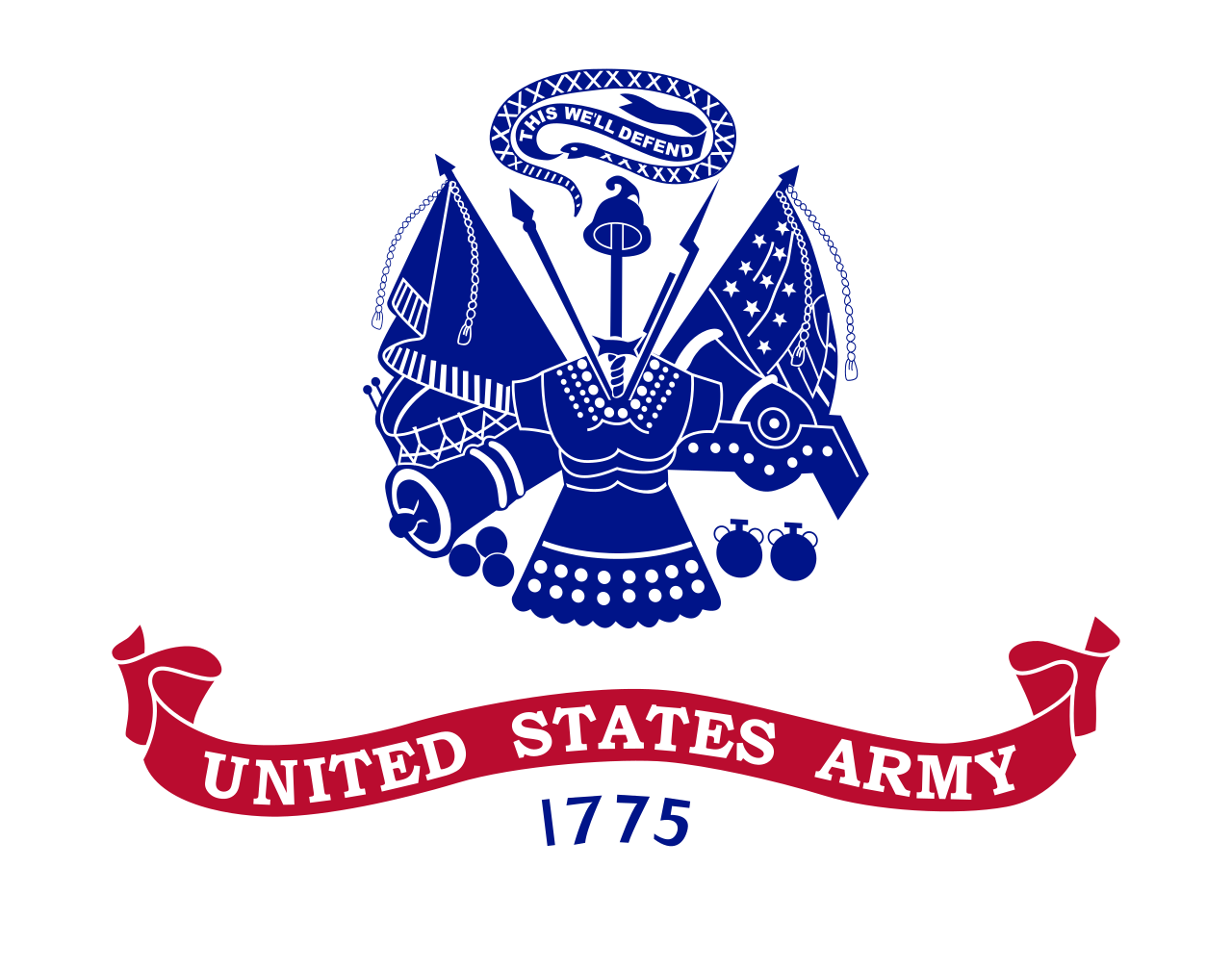
| 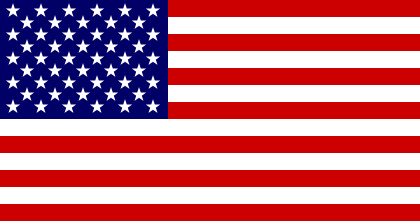
DEPLOYMENT ORDERS | 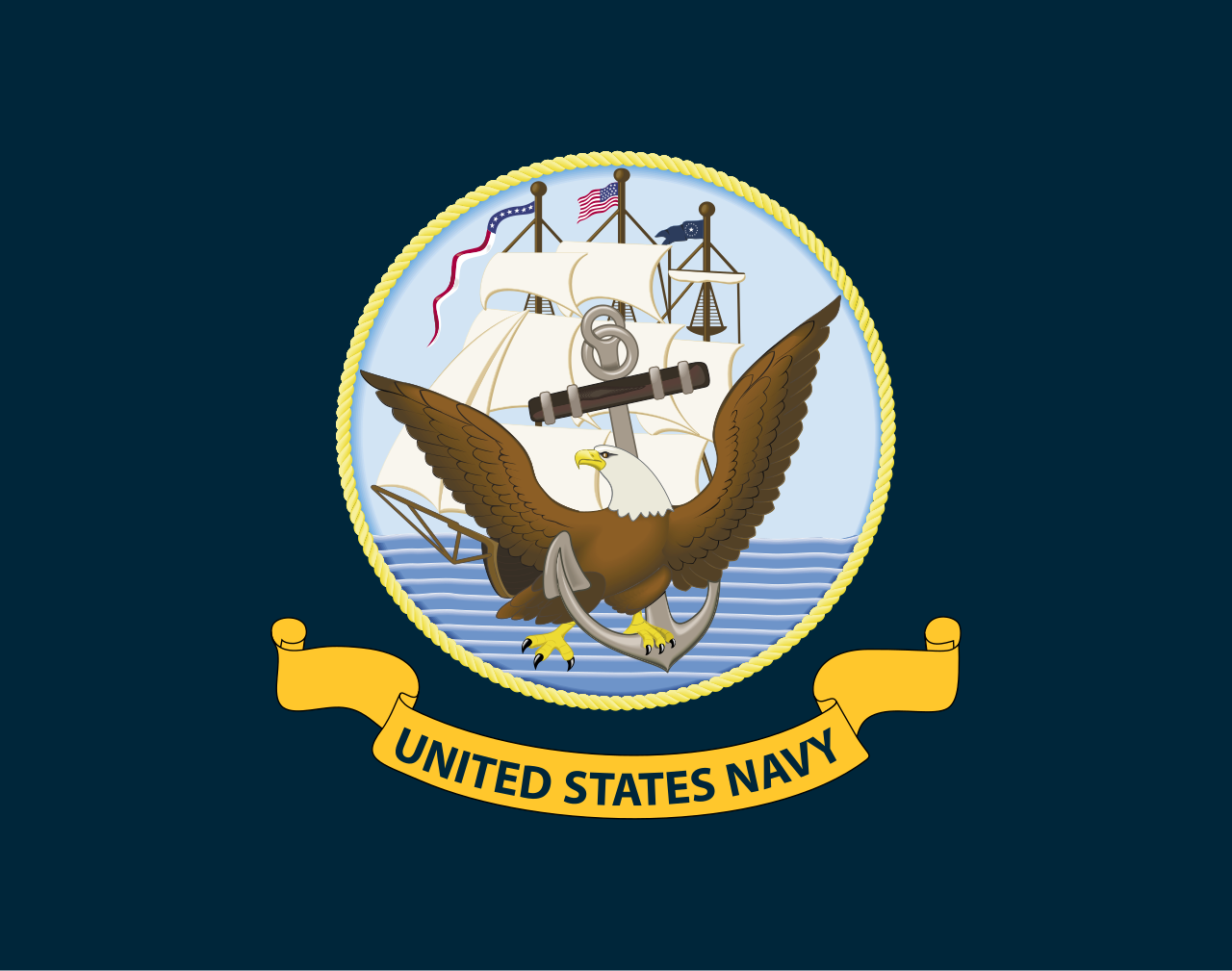
|
|
CONTEXT
Strikes in France have caused a major energy crisis which is disrupting critical supply chains in parts of France. There are protests and outright riots across the country and the French police and military appear unable to maintain law and order, especially in Paris. After the French Foreign Minister informed the U.S. Deputy Secretary of State that the French government would soon not be able to spare police to protect embassies in Paris, the Secretary of Defense ordered the National Military Command Center to formulate an operation to evacuate the American embassy in Paris, if that become necessary. Further emphasis was pressed onto the possibility of this operation after discussions with the British State Secretary for Foreign Affairs, in which he hinted that the British government would possibly be open to a joint special forces operation between the United States and Britain if there was a crisis at the British and American embassies in Paris. Because there were over 150,000 Americans in France at the beginning of 2001, the President further directed the NMCC to formulate an operation to airlift Americans out of France. The Pentagon is going ahead with forward-deploying special forces to the United Kingdom. Navy assets are being mobilized and prepared for deployment if the French government allows the United States to conduct airlifts of Americans in their country.
ATLANTIC THEATER
General mobilization orders were sent to the crews of fourteen Navy ships. The point of deployment will be Naval Support Activity Hampton Roads in Virginia. The Navy deployment will be updated once Task Force Blue and Task Force Gold are prepared for deployment.
The NMCC ordered the mobilization and rapid deployment of 97 Delta Force operators. E Squadron would man the aircraft listed below, with the appropriate personnel to each aircraft, to prepare them for flight, except for the helicopter crews who would be loaded onto one of the two MC-130H aircraft. The 44 assault operators would be loaded onto the second MC-130H aircraft. The helicopters were loaded onto the C-5B aircraft (x3 helicopters per) and properly secured. All of the aircraft would be appropriately fueled and prepared to make a flight from Pope Field at Fort Brag to Loring Air Force Base in Maine. Meanwhile, an Emergency Action Message was transmitted to the Canadian Government requesting that four U.S. Army aircraft be permitted to fly from Loring AFB and through Canadian airspace into the open Atlantic. It would be explained that the aircraft needed clearance to fly through Canadian airspace in order to make it to the United Kingdom, and that these aircraft were going to assist with the present troubles in France.
All four of the aircraft would be fully fueled (or a lesser appropriate amount for the journey) at Loring and then take off after proper checks to fly at the appropriate altitude and cruising speed through Canadian airspace, over the open ocean, through Northern Ireland, over the Irish Sea, and into the United Kingdom where they would land, in order as designated by the British Royal Air Force at RAF Mildenhall (Irish airspace would not be violated). The journey from Loring AFB would be less than 3105 miles. The two MC-130H aircraft would request to land before the C-5Bs.
The NMCC ordered the mobilization and rapid deployment of 97 Delta Force operators. E Squadron would man the aircraft listed below, with the appropriate personnel to each aircraft, to prepare them for flight, except for the helicopter crews who would be loaded onto one of the two MC-130H aircraft. The 44 assault operators would be loaded onto the second MC-130H aircraft. The helicopters were loaded onto the C-5B aircraft (x3 helicopters per) and properly secured. All of the aircraft would be appropriately fueled and prepared to make a flight from Pope Field at Fort Brag to Loring Air Force Base in Maine. Meanwhile, an Emergency Action Message was transmitted to the Canadian Government requesting that four U.S. Army aircraft be permitted to fly from Loring AFB and through Canadian airspace into the open Atlantic. It would be explained that the aircraft needed clearance to fly through Canadian airspace in order to make it to the United Kingdom, and that these aircraft were going to assist with the present troubles in France.
All four of the aircraft would be fully fueled (or a lesser appropriate amount for the journey) at Loring and then take off after proper checks to fly at the appropriate altitude and cruising speed through Canadian airspace, over the open ocean, through Northern Ireland, over the Irish Sea, and into the United Kingdom where they would land, in order as designated by the British Royal Air Force at RAF Mildenhall (Irish airspace would not be violated). The journey from Loring AFB would be less than 3105 miles. The two MC-130H aircraft would request to land before the C-5Bs.
TRANSIT
FM>FN>GN>GO>HO>IO
|
Last edited:



